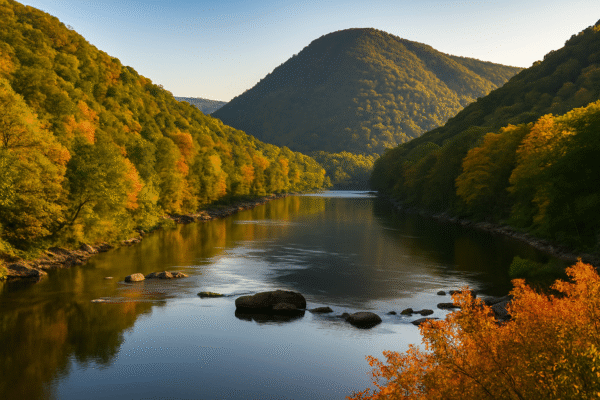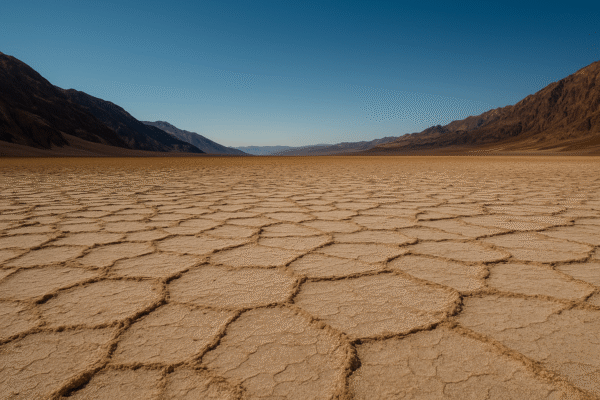Death Valley continues to stand as one of the most dramatic and relentless destinations for adventurers and nature lovers. In 2023, despite recent road damage from flooding, the park welcomed approximately 1.1 million visitors, signaling a robust return to life in this starkly beautiful landscape. Geo tag: Death Valley National Park, California, USA
Stretching across over 3.4 million acres, Death Valley reigns as the largest national park in the contiguous United States. From the lowest point in North America at Badwater Basin (282 feet below sea level) to the soaring crest of Telescope Peak at over 11,000 feet, the park’s extreme vertical contrasts deliver unforgettable views and experiences.
Visitors encounter a landscape unlike any other: sun-scorched salt flats, shifting sand dunes, vivid canyons draped in sunrise and sunset hues, and ancient geological formations that speak of ice ages long gone. Relief and clarity await at Furnace Creek, where a cool pool offers a surreal respite from daytime temperatures often well above 120 °F—a defining mark of being the hottest place in the United States.
Yet, this high-stakes terrain demands vigilance. The intense heat has turned steep routes like Towne Pass into hazardous zones—several commercial vehicles have caught fire recently due to overheated brakes, and vehicle-related incidents remain the leading cause of death in the park. Park authorities now recommend extra precautions: carry ample water, avoid summer midday excursions, and ensure vehicles are in peak condition.
Protection of the fragile desert ecosystem is another growing concern. Illegal off-roading at the towering Eureka Dunes recently damaged endangered dunegrass and prompted investigations, along with steep fines and legal consequences, underscoring the need to preserve the delicate flora that survive in these harsh conditions.
Despite its extreme environment, the park’s biodiversity is surprisingly rich. From the elusive pupfish that inhabit desert springs to hardy shrubs and shrubs adapted to survive in salt-rich soil, Death Valley supports a remarkable array of life. With such stark beauty and resilient ecosystems, it’s easy to understand why the park draws visitors worldwide.
Travelers seeking safety amid this harsh allure are urged to plan ahead. This includes staying hydrated, sticking to paved routes during peak heat spells, having emergency supplies in the vehicle, and seeking star-studded sights rather than midday exploration. Stargazers will find some of the darkest night skies in the country here—Milky Way bands, galaxy glows, and celestial phenomena are all visible without interference from urban light.
In sum, Death Valley is no ordinary travel stop—it is a proving ground for the senses, a testament to Earth’s enduring presence, and an opportunity to face nature in its most raw and uncompromising form. As climate change amplifies both temperatures and travel interest, the park stands as a mirror: reflecting both human resilience and the rising challenges of preserving these rugged wonders.
For more travel news like this, keep reading Global Travel Wire
















